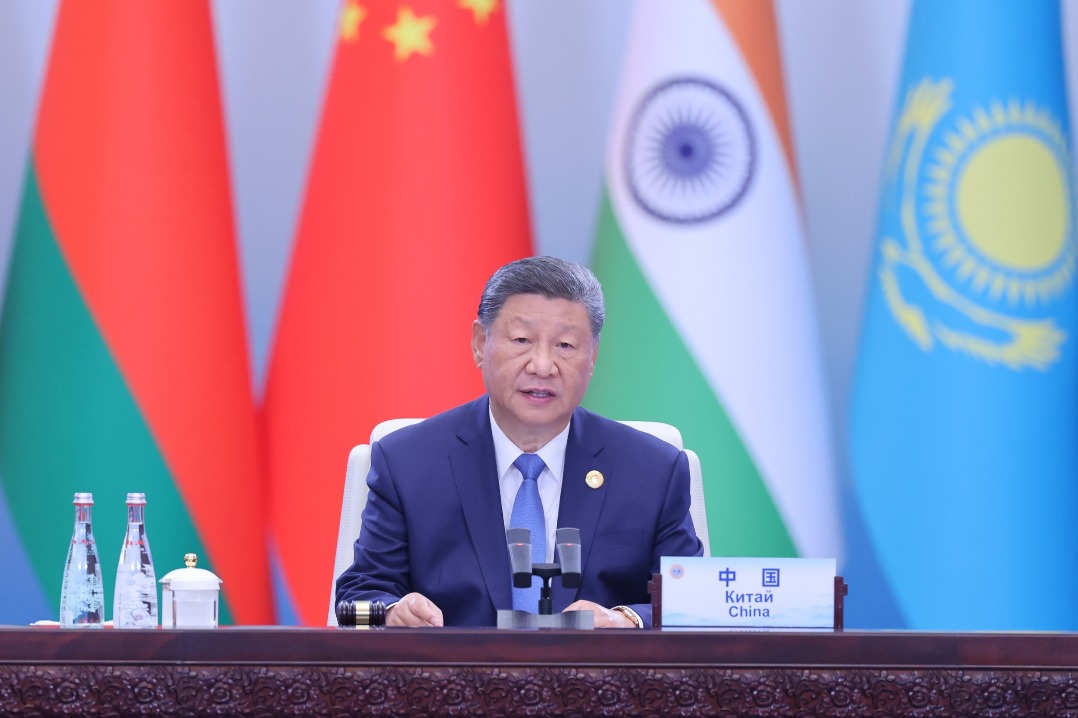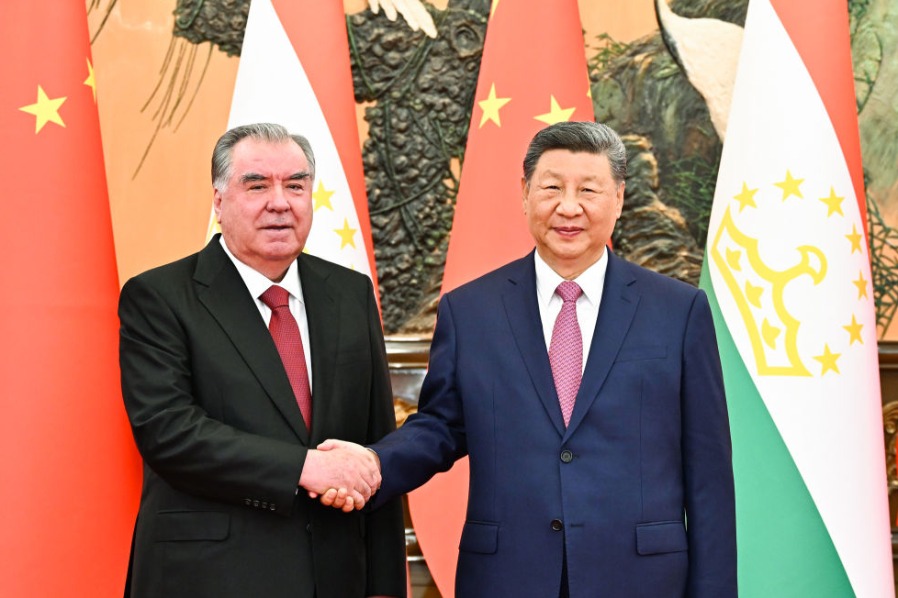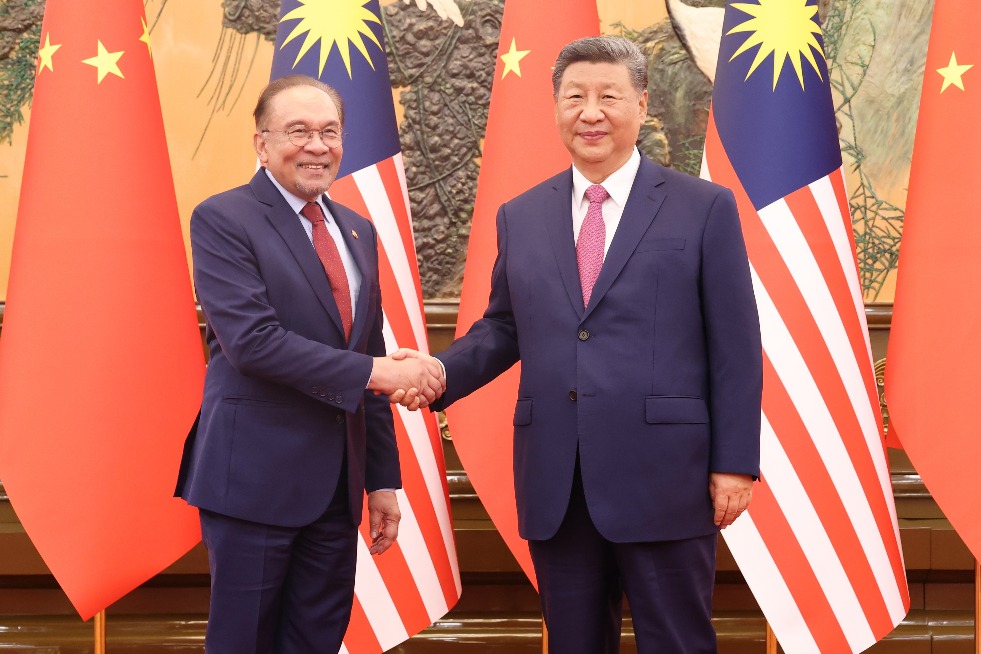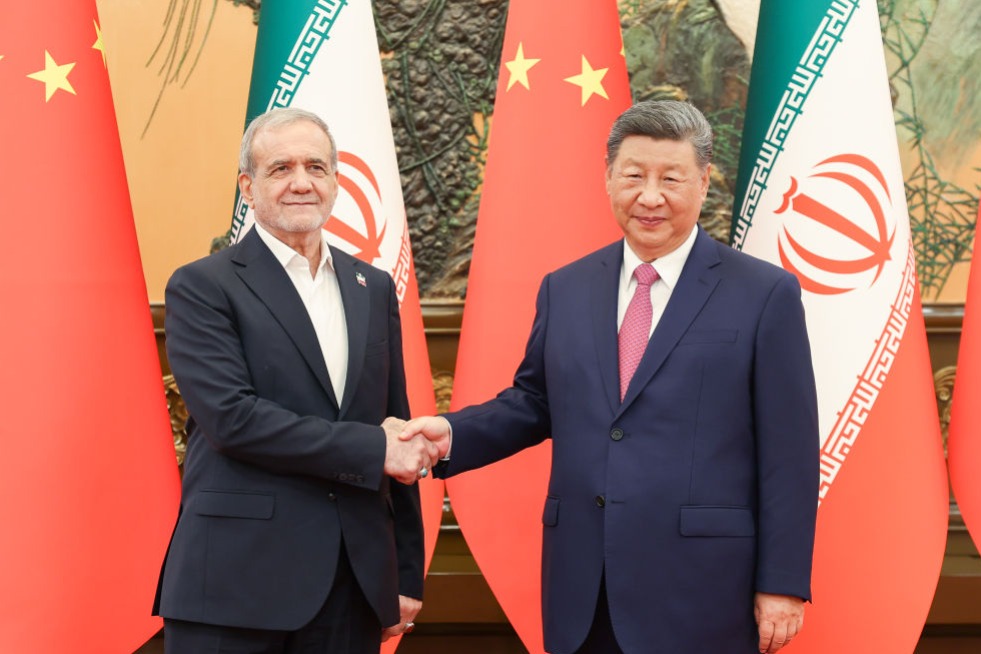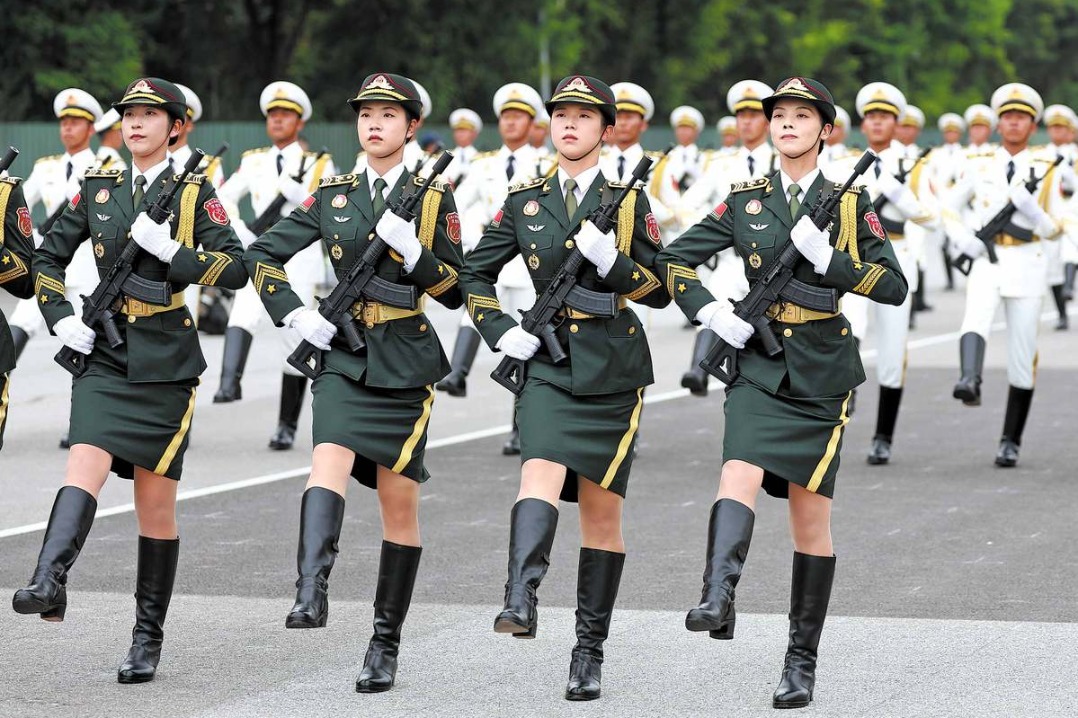Key to reduce emissions
China's futures markets need retooling to ensure effective cap-and-trade system


In March, Hong Kong's first carbon futures exchange-traded fund was introduced. The ETF tracks the ICE EUA Carbon Futures Index, which measures the performance of a long-only basket of European Union Carbon Emission Allowances futures contracts.
In China, the accumulated trading volume of China Emission Allowances issued by the Ministry of Ecology and Environment to over 2,200 power generation companies nationwide under the National Emissions Trading Scheme, has reached 189 million metric tons over the past eight months, valued at 8.2 billion yuan ($1.3 billion).
The emissions trading systems of the European Union and California indicate that regulated carbon trading in the over the counter (OTC) derivatives market and on-exchange futures market plays a crucial role in maintaining a functioning cap-and-trade system. Companies use these regulated markets to hedge their forward price exposure. In 2021, for instance, 18 billion tons of carbon allowances were traded on the Intercontinental Exchange, equivalent to an estimated $1 trillion in notional value. These allowances included 15.2 billion units from the EU, 2.4 billion from California, 255 million from the United Kingdom and 346 million of Regional Greenhouse Gas Initiative allowances.
In Europe and California, power companies acquired a toolset for trading and risk management in deregulated power markets. Years later, they applied the same toolset to carbon trading. In contrast, Chinese power companies have to explore both simultaneously. The Chinese energy spot markets have already developed price volatility. So will allowance prices, as expected, due to the incrementally tightening allowance allocation and gradual phase-out of free allocation for companies in the power sector. Although the wind and solar generation enterprises are trying to capture trading opportunities in the spot markets and offload their risks to financial institutions, building a robust risk culture with adequate human capital and protocols remains a big challenge. However, it also represents an opportunity to gain a competitive edge.
Take Shanxi province for example. The deregulated provincial wholesale power market just crossed into the second year of continuous spot trading. About 40 percent of the power consumed in Shanxi now is from renewable wind and solar sources. However, over the last year, the spot settlement prices for renewable energy units have consistently been lower than the average provincial market prices.
To help power companies in Shanxi to close the skill gap in trading and risk management, the Carbon and Power Trading Lab was established by AEX Holdings and four Chinese partners with the aim of running a comprehensive OTC trading simulation that helps coal and renewable generators as well as electricity retailers to experience full-cycle OTC trading and risk management.
Institution participation is the key to the efficient pricing of commodity futures. Carbon futures and power futures are no exception. Here, open interest from multiyears forward contracts listed on futures exchanges are a good indicator. In China, total open interest from the five futures exchanges stands at 29.9 million contracts at the end of July 2021. This is only 2.7 percent of the global total of 1.1 billion contracts. In contrast, China's GDP is about 17 percent of the global total. Meanwhile, of the 90 futures listed on exchanges, few have forward price curves that go beyond 12 months.
The bottom line is: the exchanges need a new playbook and focuses on growing liquidity in longer-dated contracts beyond 12 months to attract more participants right from the start. The same is true for carbon and power futures contracts. Adequate participation in the price discovery process from institutions should be a defining feature of commodity "Trading 2.0" in China.
Over the past three decades, commodities futures trading has made significant progress. The National People's Congress, China's top legislature, just passed the Futures and Derivatives Law, commodities futures trading has entered a new phase. Over the past several years, OTC carbon allowance forwards trading was attempted in a handful of provincial ETS pilot markets. Trading liquidity did not emerge. The Futures and Derivatives Law, for the first time, promulgates a basic OTC derivatives trading regulatory framework that opens the door to new bottom-up initiatives, such as the Shanxi lab.
Efficient ETS carbon pricing in Europe and the US has presented a strong case for neutral, transparent and competitive futures exchange operators. Codification in the new Futures and Derivatives Law of the legacy practice of regulators appointing exchange leadership is anachronistic at best. Commodity "Trading 2.0" needs to rise up to meet the challenge of pricing carbon and power efficiently in the fight against climate change.
Fourteen years ago, the Chicago Climate Exchange came to Tianjin to explore implementing a carbon cap and trade system in China. Today, Chinese power companies and financial players are better served by adopting best practices to achieve efficient carbon pricing that guides the nation's energy transition toward the 2030 carbon peak and beyond.
The author is CEO of AEX Holdings Ltd (HK) and former VP for Asia of the Chicago Climate Exchange. The author contributed this article to China Watch, a think tank powered by China Daily. The views do not necessarily reflect those of China Daily.
Contact the editor at editor@chinawatch.cn



















